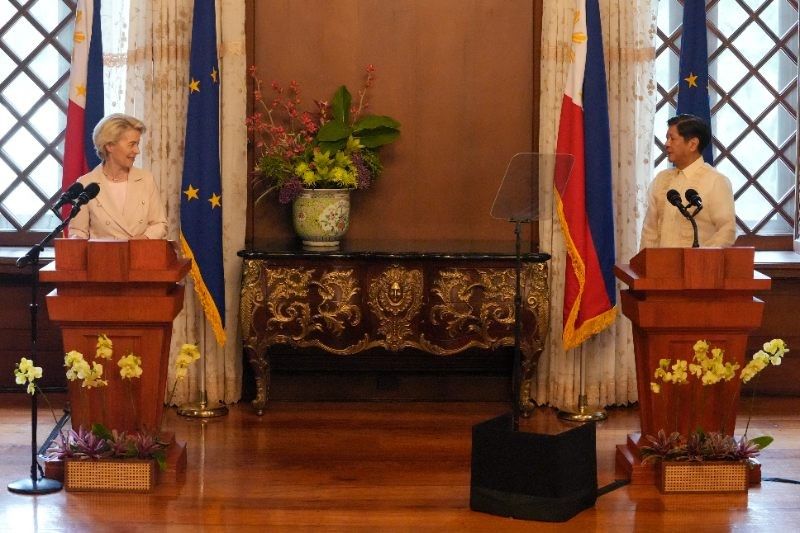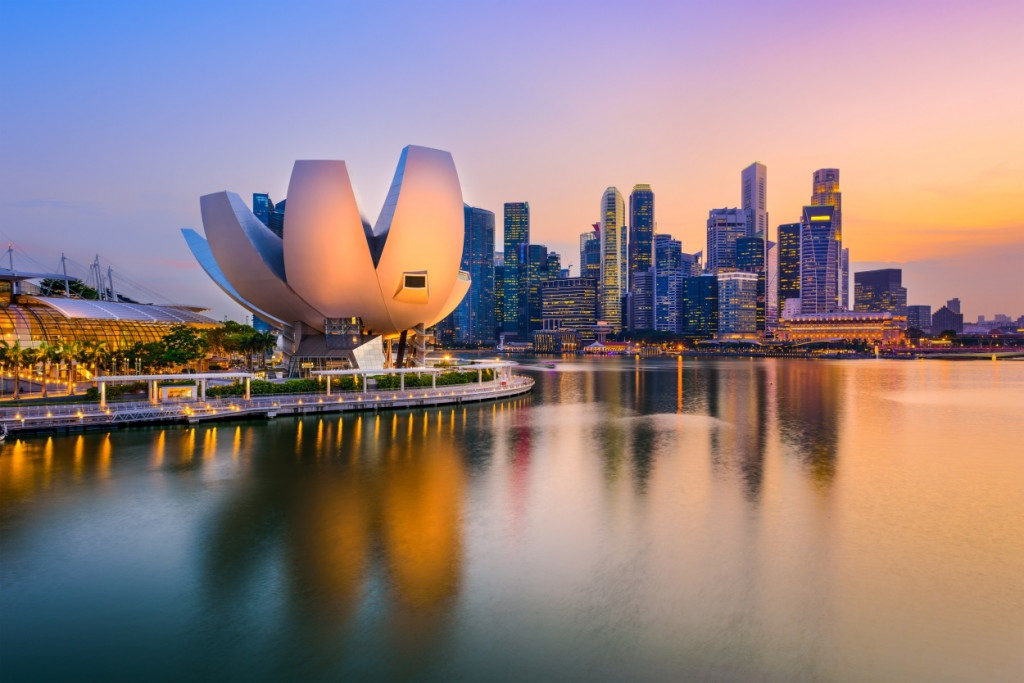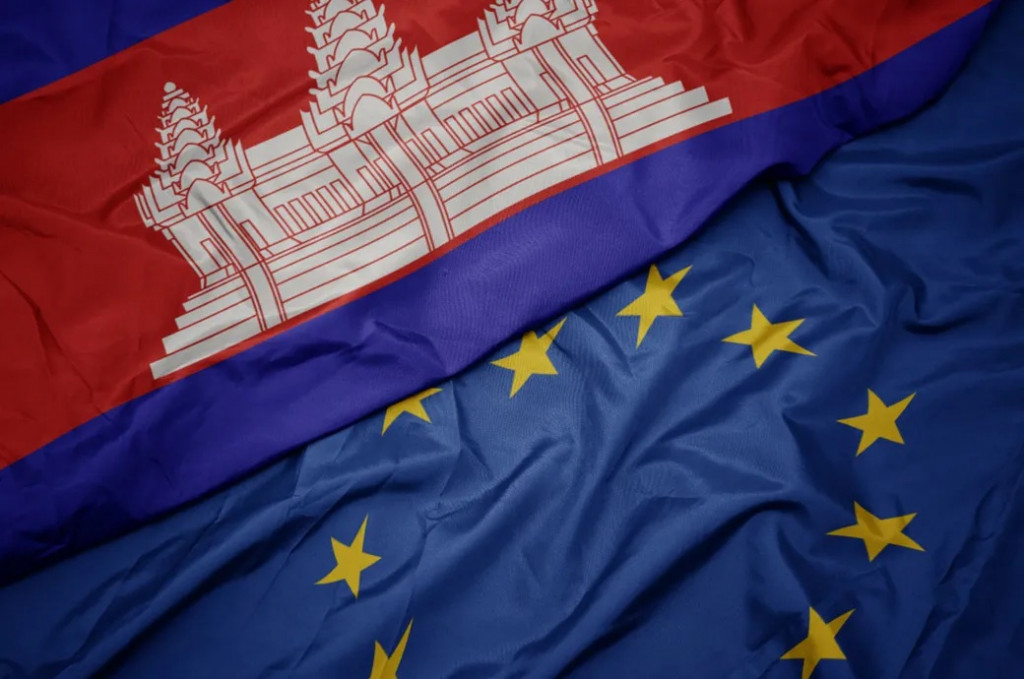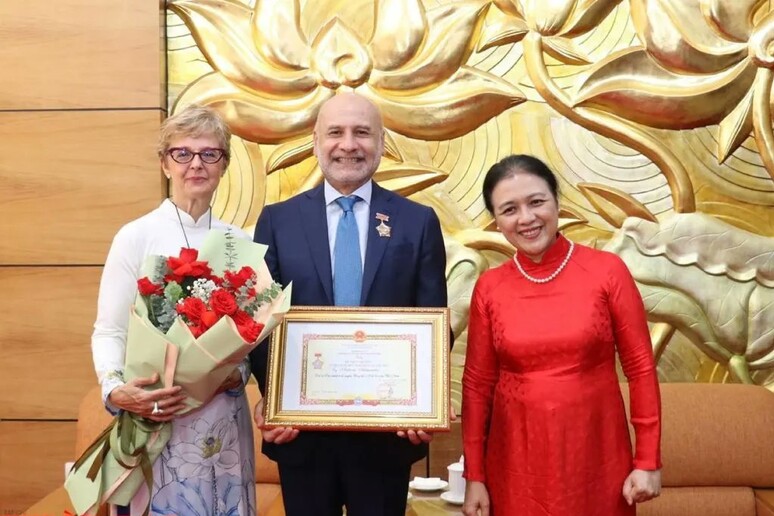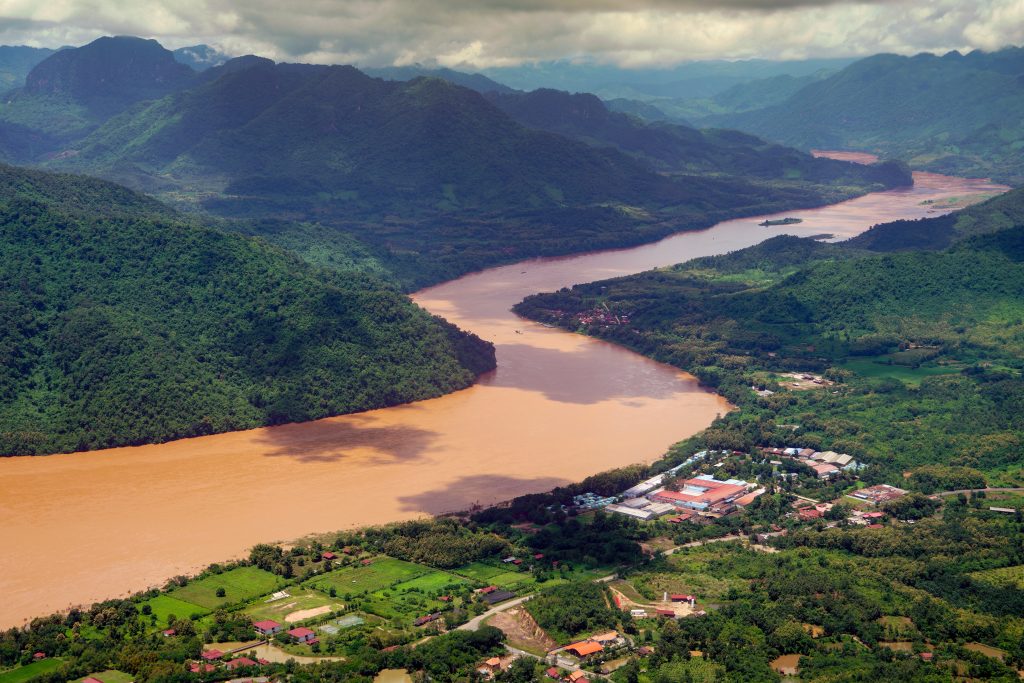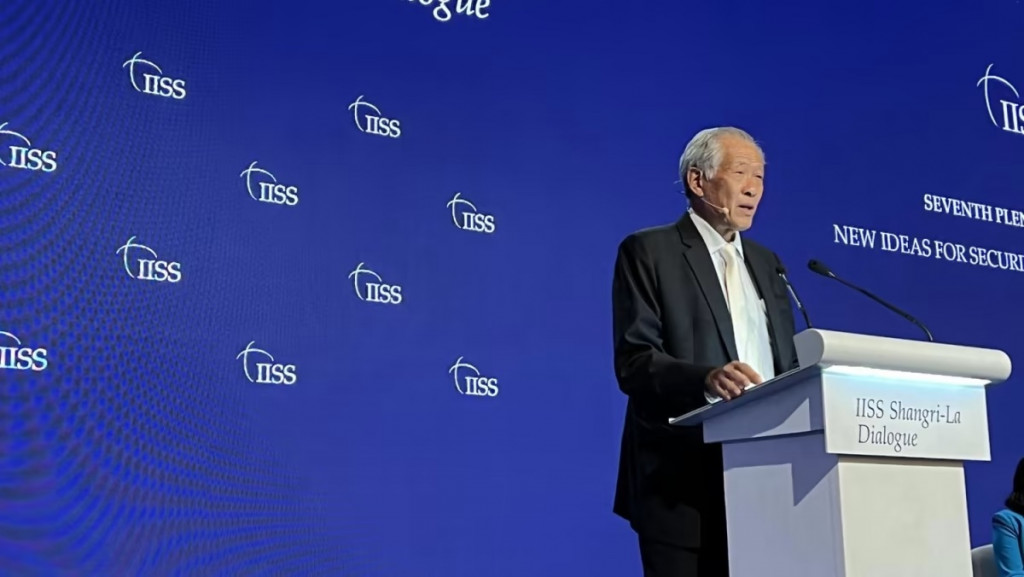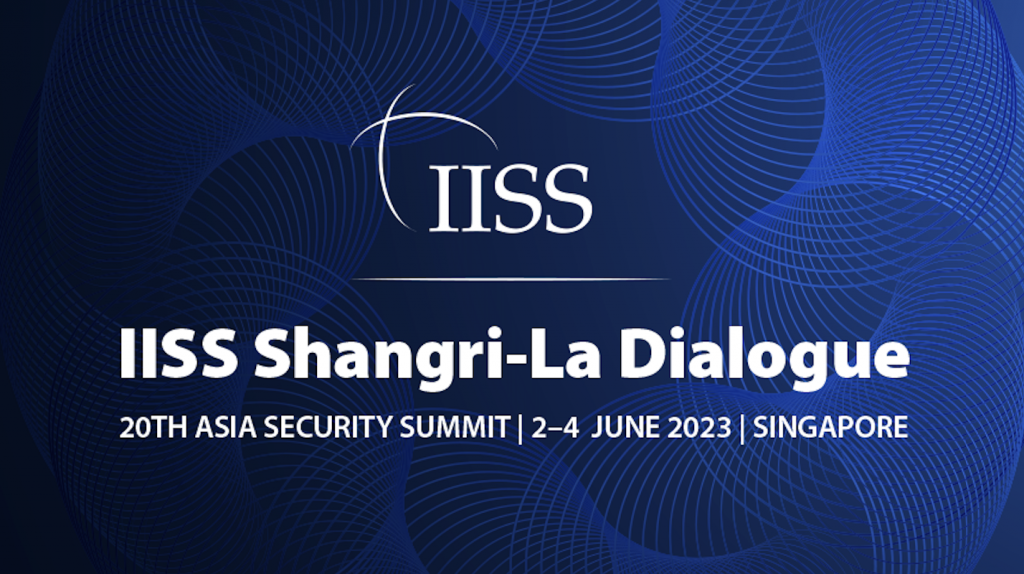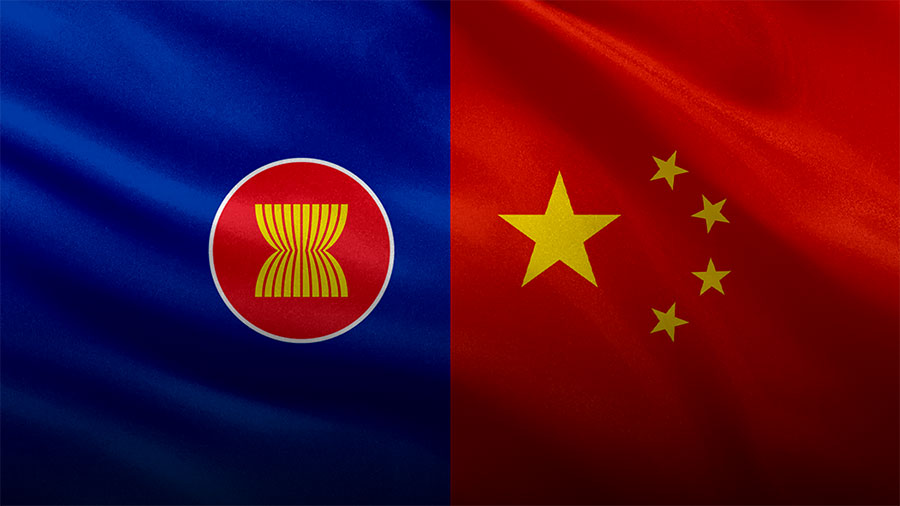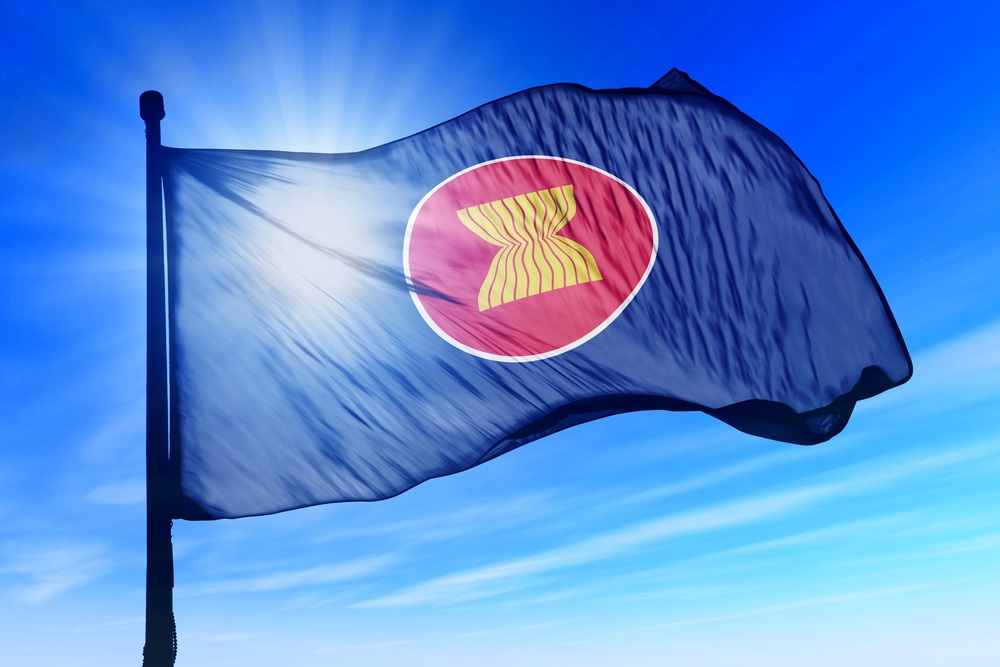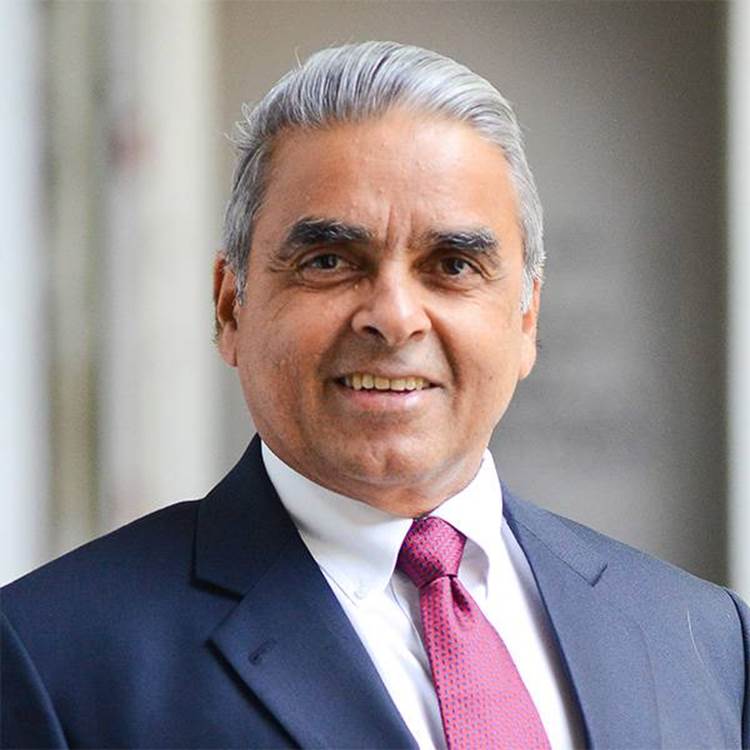Article by Vittoria Mazzieri
Regional investment targets, ideological allies, security partners, players in territorial claims: since the beginning of diplomatic relations, Southeast Asian countries have assumed changing and complex roles in Beijing's eyes. In terms of geographic proximity and economic cooperation, ASEAN occupies a priority role in Chinese foreign policy
Deng Xiaoping's 1979 trip to Thailand, Malaysia, and Singapore marks an important point in relations between Beijing and the countries of Southeast Asia. The "little helmsman" was amazed by the socioeconomic progress in an area he had mistakenly regarded as economically backward. As noted in an essay on the subject by Singapore's Nanyang Technological University professors Zhou Taomo and Hong Liu, what particularly struck Deng was the city-state south of Malaysia. In the aftermath of his meeting with then Singaporean Prime Minister Lee Kuan Yew, the People's Daily moves from describing Singapore as the "watchdog of American imperialists" to painting it as an "island of peace," a "garden city worth studying." Deng, on the other hand, receives yet another confirmation of the need to abandon the ideological lenses with which the Communist Party has hitherto interpreted relations with Southeast Asia.
Relations between the Asian giant and the city-state demonstrate the People's Republic's changing relations with the area traditionally known as Nanyang 南洋, "South Seas." In addition to the domestic political context, Beijing's relations with the region have been influenced by issues related to the identity of diasporic communities (in Singapore, 75 percent of the population is ethnic Chinese), territorial disputes, and various infrastructure projects under the Belt and Road Initiative.
The first years after the People's Republic's emergence are characterized by a moderate and flexible approach: Beijing advocates a "third way" that can offer an alternative to the two Cold War blocs even to countries ideologically unrelated to the Communist Party. The promulgation of the Five Principles for Peaceful Coexistence in 1954 presents a new framework of international relations based on mutual respect for territorial integrity and the principle of non-interference, even for ideologically unrelated countries. The Sino-Indonesian Dual Nationality Treaty, signed the following year, ends the policy of granting nationality to all ethnic Chinese. China thus encourages overseas communities to adopt the nationality of the countries in which they live, thereby aiming to assuage the concerns of some Southeast Asian countries, fearful that communities of Chinese could be used by the Party to engage in subversive activities.
Over the years ethnic Chinese minorities became the target of heavy-handed discriminatory policies: in 1959 Indonesian President Sukarno revoked the license to operate retail businesses from all "foreigners," mostly Chinese. As a result, in some places, the feeling of belonging to the motherland is strengthened. With the onset of the Cultural Revolution, groups of ethnic Chinese students began wearing Mao Zedong badges in schools in Rangoon, in present-day Myanmar. A wave of large-scale ethnic riots and a drastic deterioration in bilateral relations ensue.
Since the late 1960s, Chinese foreign policy in general has tended to radicalize, partly because of the economic recession following the disastrous Great Leap Forward. The establishment in 1967 of the Association of Southeast Asian Nations (ASEAN), founded by Indonesia, Malaysia, the Philippines, Singapore and Thailand from an anti-communist perspective, is perceived by Mao Zedong as a tool of imperialism. Ideologically neighboring countries are asked to recognize as the main targets of the revolution, in Premier Zhou Enlai's words, "imperialism, feudalism and comprador capitalism." An approach that would change dramatically in the aftermath of the Vietnamese invasion of Cambodia. As explained in an article for ISPI by Ngeow Chow-Bing, director of the Institute of Chinese Studies at the University of Malaya, in this scenario ASEAN assumes strategic importance for Beijing to contain the expansionist aims of the government in Hanoi (with which relations have deteriorated irretrievably) over Indochina and the entire region.
The record-breaking economic development affecting the People's Republic since the 1990s is a key element in the expansion of its soft power influence, as Joshua Kurlantzick, fellow for Southeast Asia at the Council on Foreign Relations, has written. China's economic performance attracts the interest of developing countries and also has the effect of enhancing the reputation of Chinese communities living in the region.
It is during those years that what official Chinese rhetoric describes as the "golden decade" of relations with ASEAN (which as of today, in addition to the founding countries, also counts Brunei, Myanmar, Cambodia, East Timor, Laos, and Vietnam) begins. During the 1997 Asian financial crisis, Beijing made the symbolic decision not to devalue its currency, offering itself as a guarantor of stability. In the following years it initiated relevant multilateral agreements: the Chiang Mai Currency Exchange Initiative, the 2002 Free Trade Agreement, and the Declaration on the Conduct of Parties in the South China Sea, which stabilized territorial disputes, in the same year.
But with Xi Jinping's rise to power, Chinese foreign policy acquired a more proactive and assertive profile. The deterioration of relations over the past decade, especially with the Philippines and Vietnam, is inextricably linked to territorial claims in the South China Sea area. Since the 1970s, disputes with Vietnam over the Spratly and Paracelsus Islands have turned into a regional, or even global, dispute. Of little or no use was the 2002 Code of Conduct, which while celebrated at the time as a means of ensuring a "peaceful, friendly and harmonious environment in the South China Sea," did not include provisions on enforcement or dispute resolution mechanisms.
Tensions, therefore, grew, even reaching Indonesia for the first time in 2016. In the same year, a ruling by the Permanent Court of Arbitration in The Hague rejected Beijing's claims, represented by the so-called "nine-point line." Beijing did not accept the decision recognizing Manila's rights to exploit resources within the 200 nautical miles of the Exclusive Economic Zone (EEZ). Rather, it accused Washington of pushing the Philippines to resort to the court to "sabotage relations between China and ASEAN countries."
Despite its maritime claims, China has never stopped courting countries in the region. The Regional Comprehensive Economic Partnership (RCEP), the historic agreement sealed in 2020 after eight years of negotiations and entered into force in January 2022, has served Beijing to consolidate economic cooperation in the area. But mutual trade relations cannot be explained without bringing up the Belt and Road Initiative, the ambitious new Silk Road launched in 2013 that counts Chinese investments worth about 85 billion a year. As early as the early 2000s, Southeast Asia emerged as an important regional target for Chinese foreign direct investment. In 2020, at the height of the pandemic crisis, ASEAN rose to the top spot among BRI investment destinations.
The initiative has met with varying degrees of acceptance in countries in the region. Despite tensions over territorial disputes, many nations involved have continued to desire Chinese investment in infrastructure and manufacturing. Unlike its more welcoming neighbors, Hanoi has taken a cautious approach: the Vietnamese strategy seems to aim to avoid confrontation with China while averting the risk of economic dependence. To date, the only BRI project implemented in the country is the Cat Linh-Ha Dong tramway, which has attracted widespread criticism because of its high cost.
The derailment of a high-speed train of the ambitious Jakarta-Bandung rail project shows that safety risks can undermine the People's Republic's credibility. A recent report by Malaysian lending institution Maybank suggests that the post-pandemic recovery may be less strong than expected. Projects could suffer setbacks because of growing government distrust of, for example, social and environmental costs: in 2014, Chinese-owned bauxite mining operations in Vietnam's central highlands sparked widespread protests over environmental damage and noncompliance with local laws. For other countries that have been more actively engaged in the BRI, such as Laos, Cambodia, and Myanmar, fears about the "debt trap" periodically return from economists and observers.
Overall, Southeast Asian countries remain essential to Beijing for numerous reasons. For example, as partners toward whom China can accelerate the spread of "soft" infrastructure such as health services and the digital economy. Or as useful players in subverting international balances and increasing the relevance of the Asia-Pacific. Against the backdrop of tensions with the United States, the People's Republic aims to present itself to ASEAN countries as a non-assertive actor, willing to pursue "mutual respect," "dialogue," and "win-win" synergies, as claimed last year at the launch of the Global Security Initiative (GSI). On the other hand, China's investments are shaping up as unmissable resources for developing countries in the region: the GSI's sister initiative, the Global Development Initiative (GDI), represents Beijing's willingness to name itself a central role in multilateral development promotion. ASEAN has become the largest regional group to benefit from it, nabbing 14 projects out of a total of 50 from the first batch of the GDI Project Pool.

